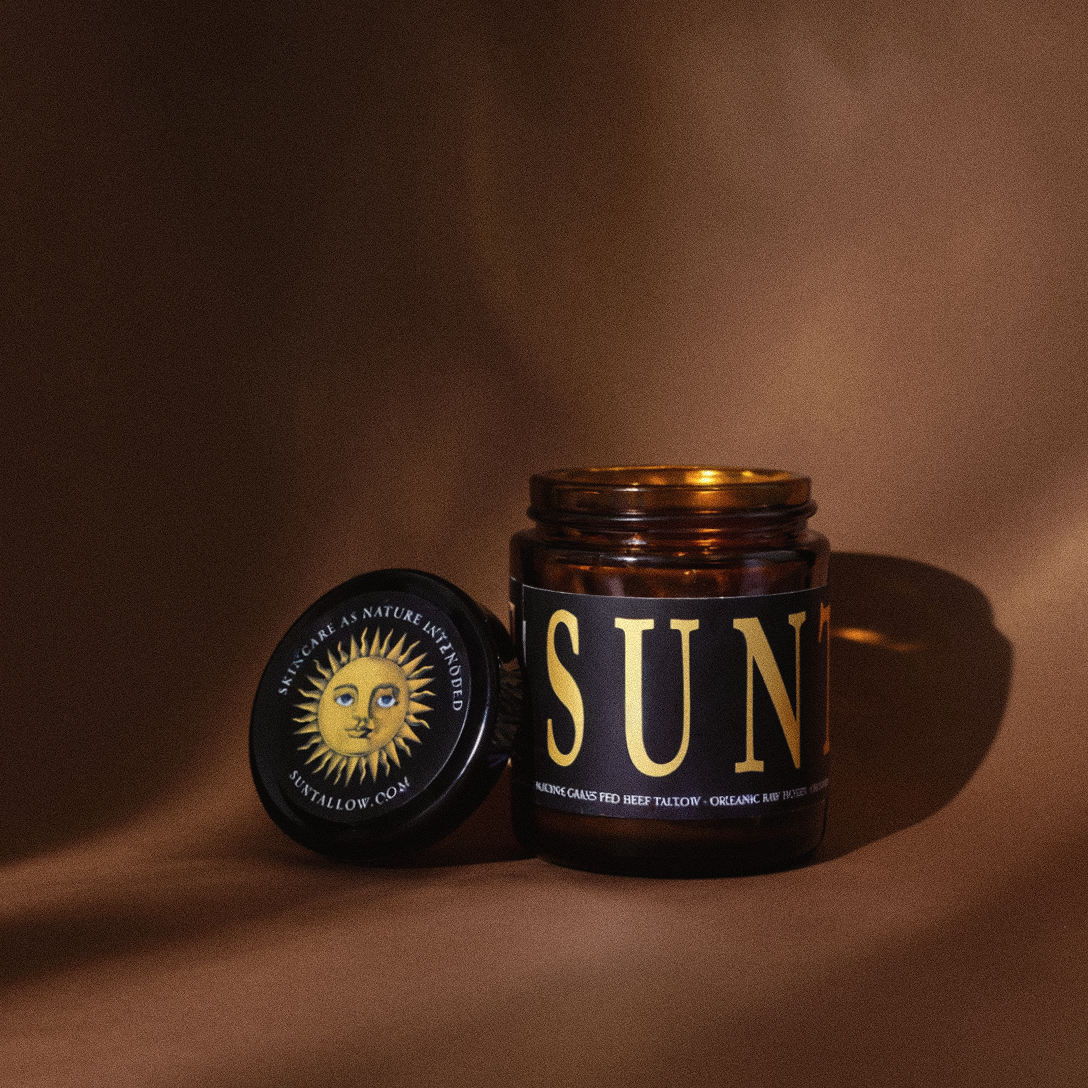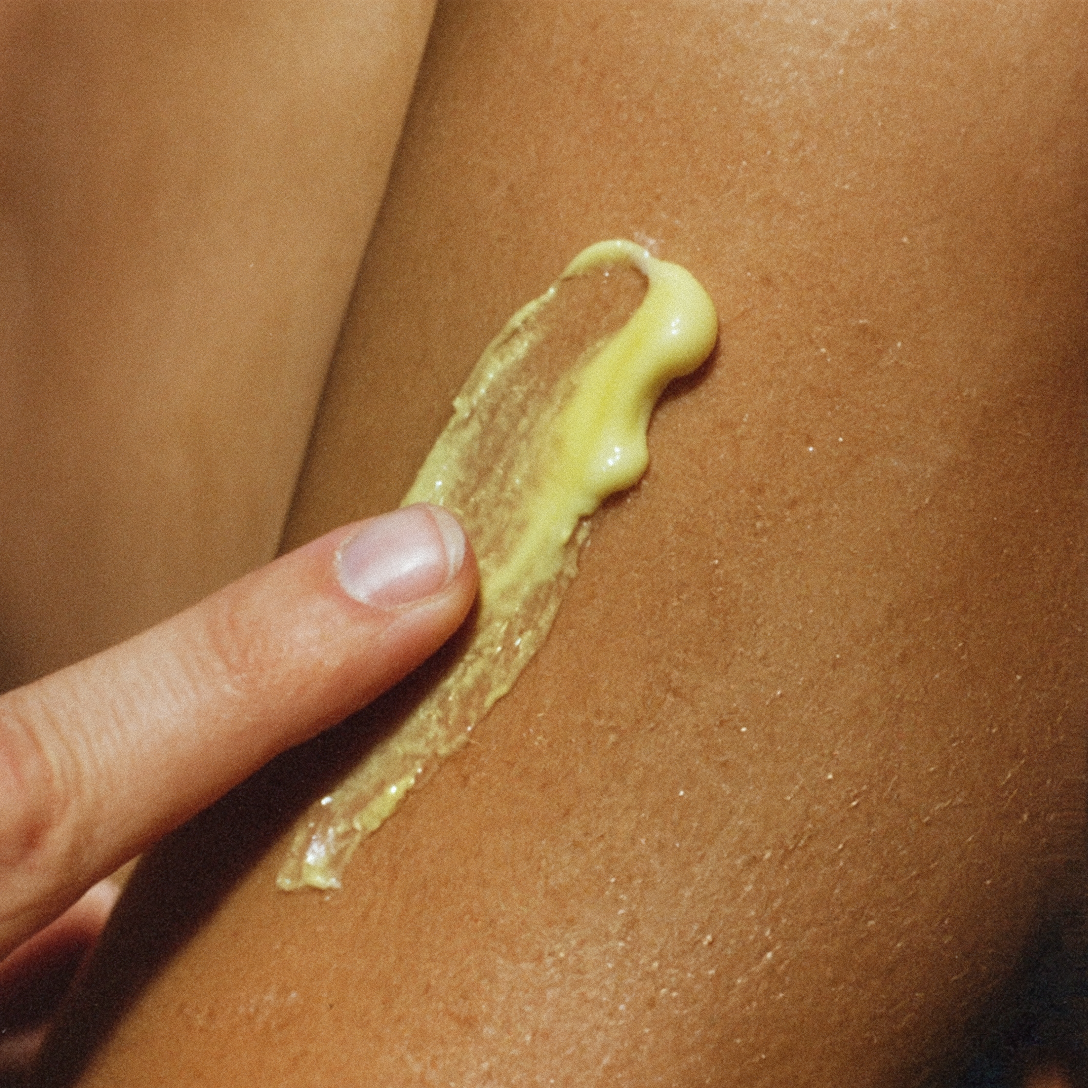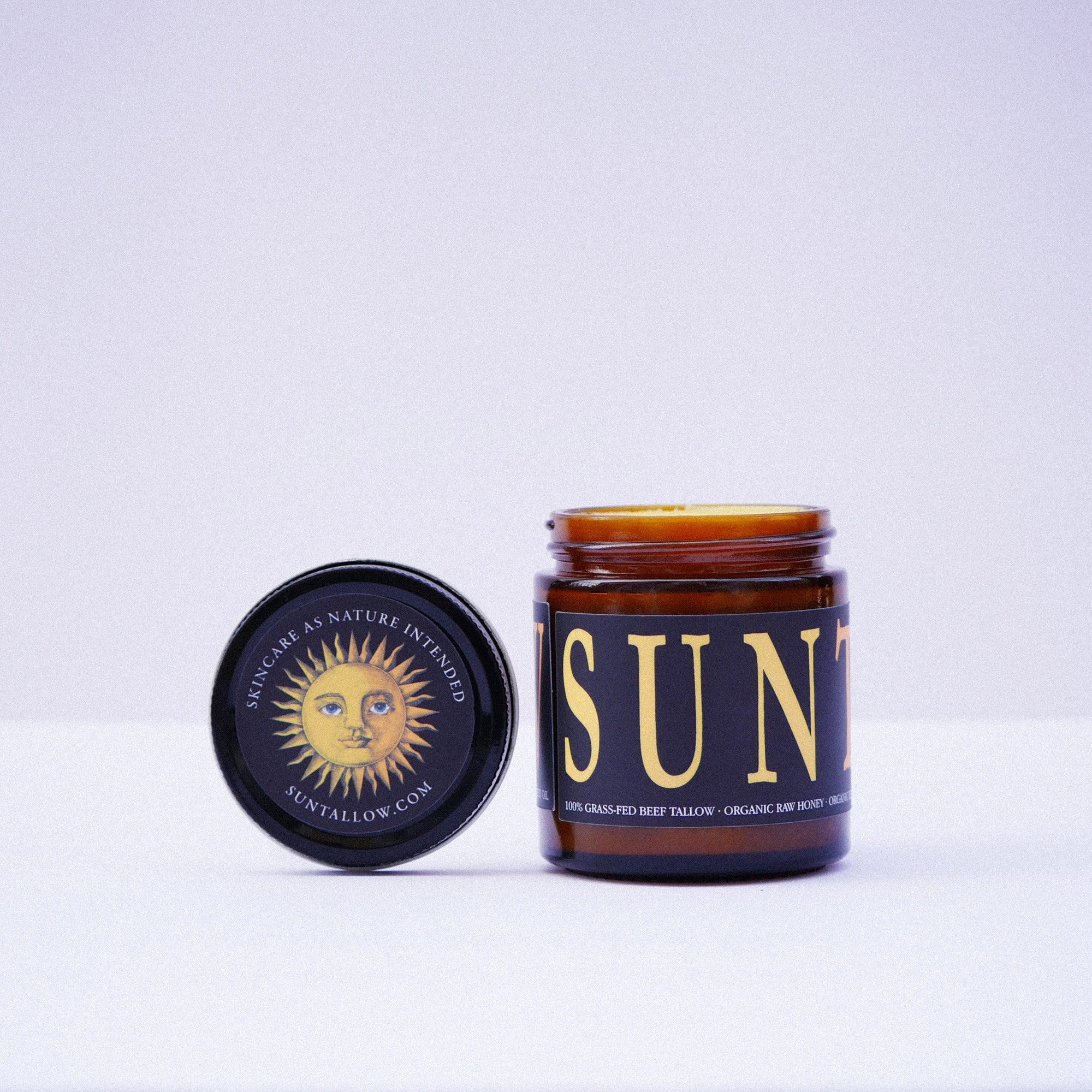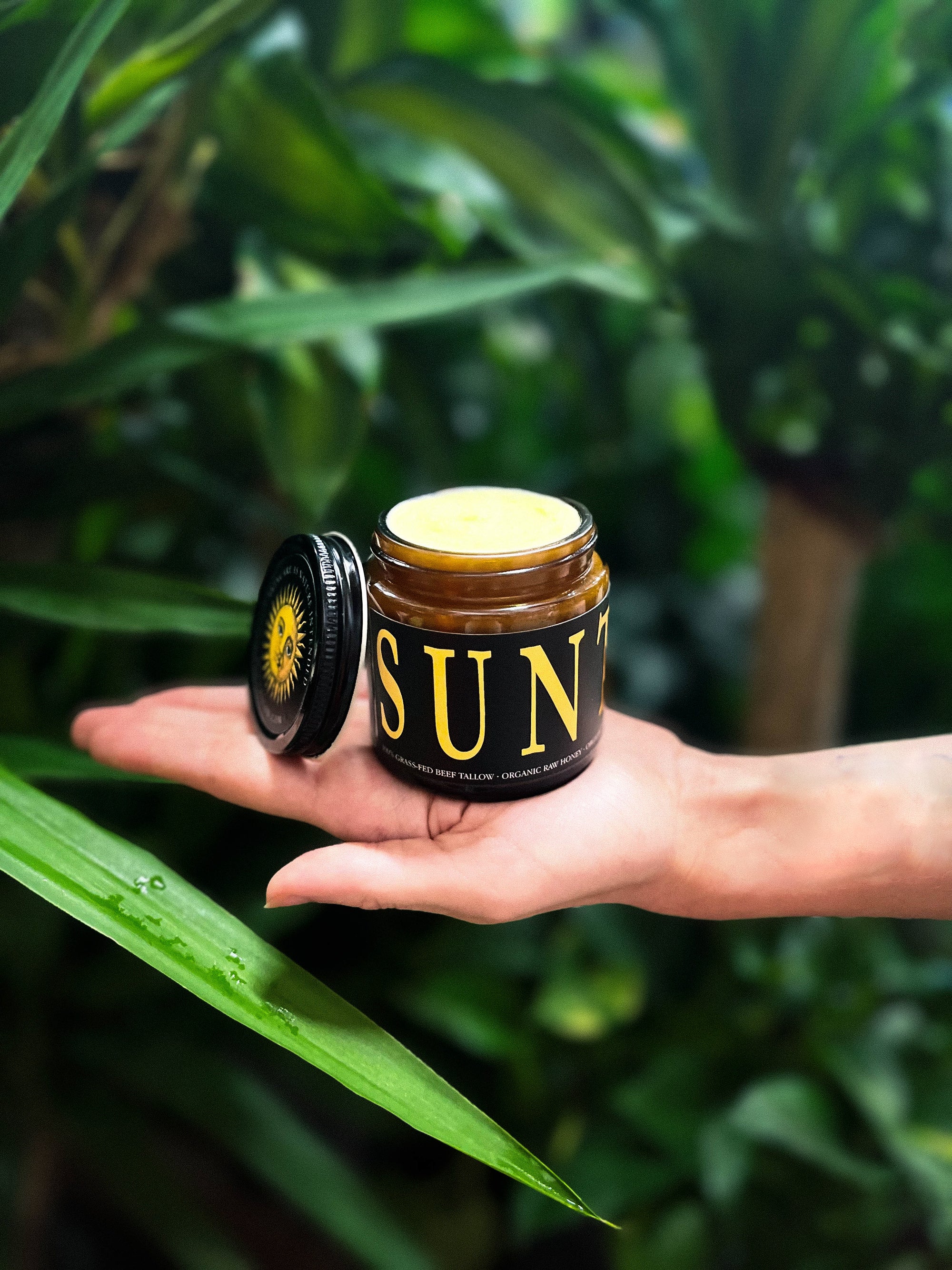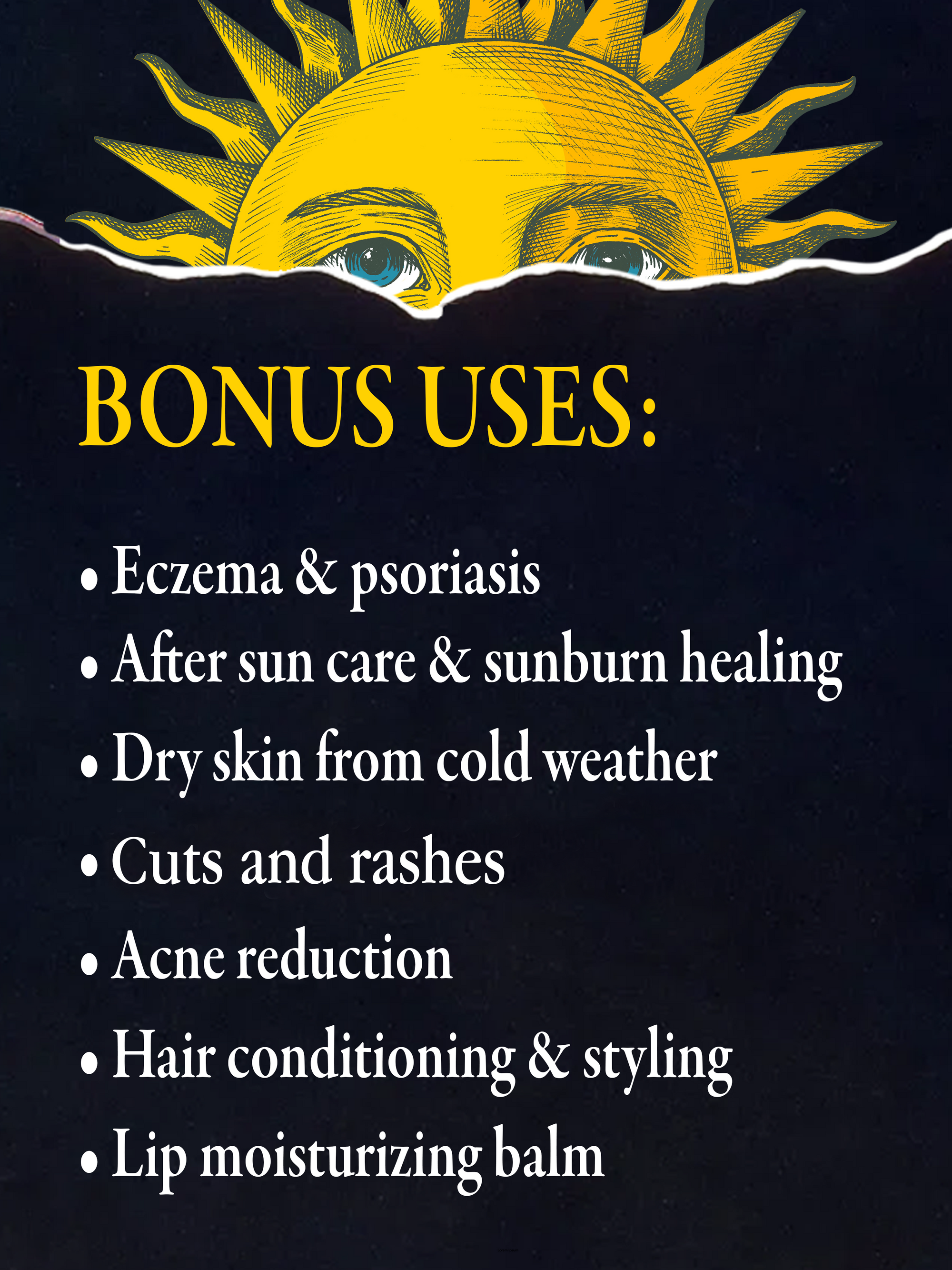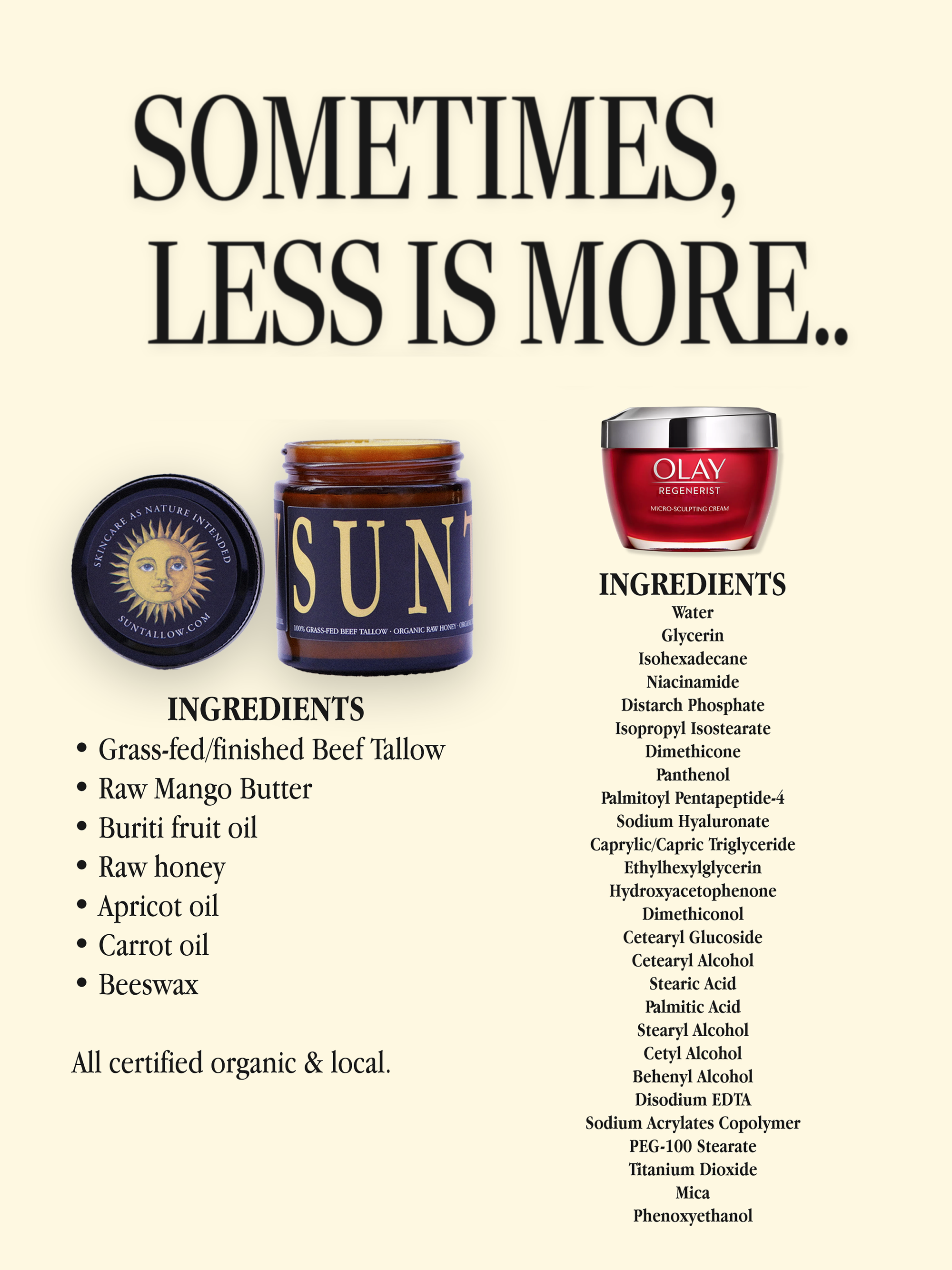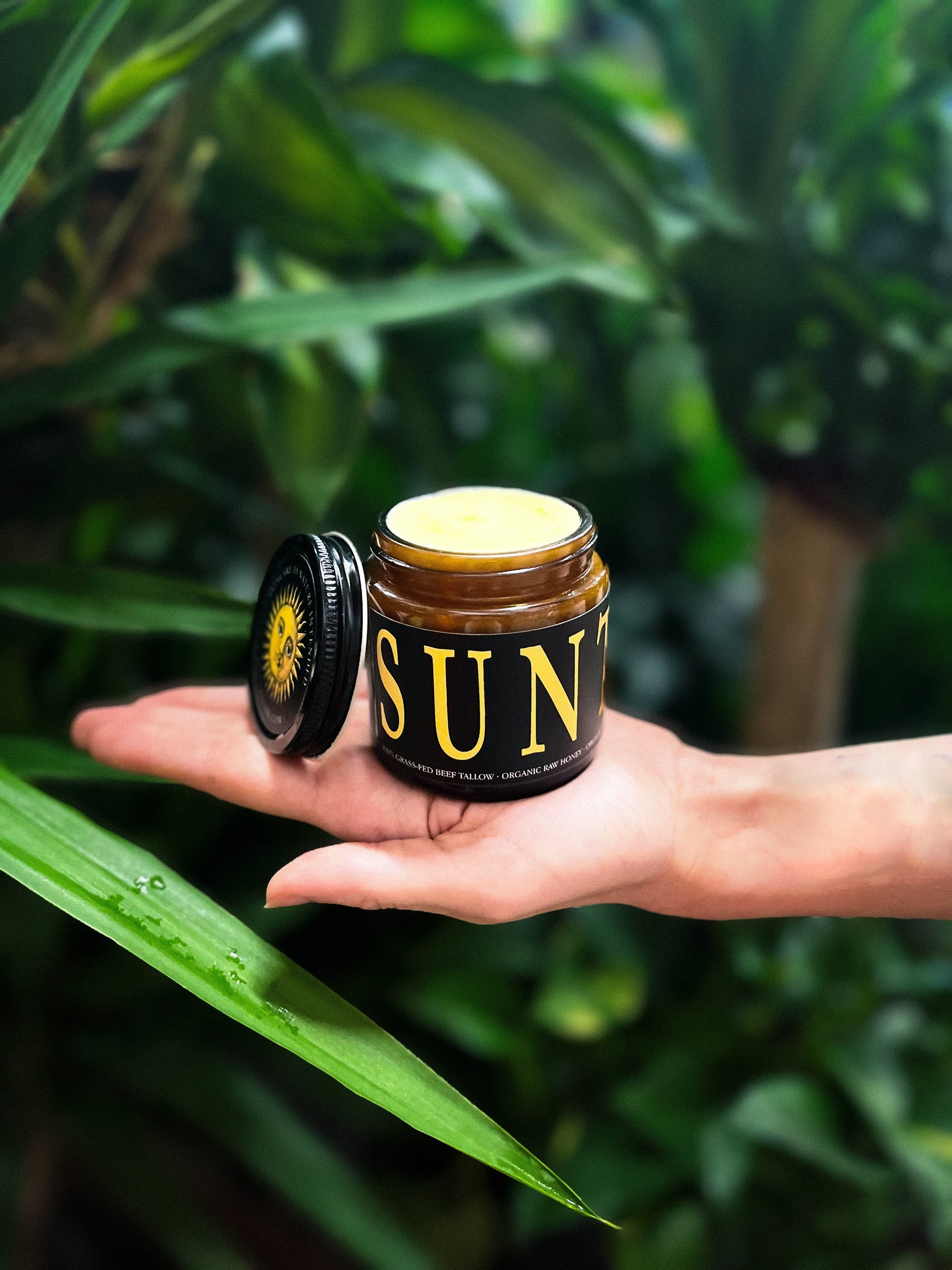

Why Tallow Is Good for Your Skin: The Ultimate Guide
Are you tired of trying out different skincare products with little results? Have you considered trying an ingredient that's been used for centuries to nourish and heal the skin? Tallow might just be the game-changer you're looking for.
But is tallow good for your skin? In this article, we'll explore the science behind tallow, its benefits for skin care, and some concerns and misconceptions surrounding its use. Let's dive in.
The Science Behind Tallow
Tallow is a form of rendered animal fat, often derived from cows or sheep. It might sound unappealing at first, but tallow has a molecular makeup that's similar to our skin's natural oils. This means that it's easily absorbed and can be beneficial for restoring and maintaining the skin's natural barrier function.
Tallow also contains a high concentration of fatty acids, such as oleic acid, stearic acid, and palmitic acid. These acids have different impacts on the skin, including moisturizing, nourishing, and antioxidative benefits.
Nourishing Properties of Tallow
Tallow is a rich source of vitamins A, D, E, and K, which can benefit the skin in various ways.
Vitamin A is known for its role in enhancing skin cell turnover, which can result in a brighter complexion and smoother skin texture. It's also been shown to have anti-aging properties, as it can reduce the appearance of fine lines and wrinkles.
Vitamin D plays a crucial role in regulating the skin's immune system and protecting against environmental stresses, such as UV radiation.
Vitamin E is an antioxidant that can help protect the skin against free radical damage and reduce inflammation.
Vitamin K has been shown to have healing properties, especially in reducing the appearance of dark under-eye circles.
Healing and Hydration
Due to tallow's molecular makeup, it has a natural affinity for the skin, making it an excellent ingredient for soothing and healing irritated or inflamed skin. It's also highly moisturizing, making it ideal for dry or dehydrated skin.
Tallow contains a high amount of a specific fatty acid called conjugated linoleic acid (CLA), which has been shown to have anti-inflammatory properties. This makes it useful for people with conditions like eczema or rosacea, where the skin is prone to inflammation and irritation.
Balancing Oil Production
Contrary to popular belief, tallow can be a beneficial ingredient for oily or acne-prone skin. Its fatty acid content helps regulate the skin's oil production, which can prevent breakouts and keep oiliness at bay.
Tallow is also non-comedogenic, meaning it won't clog pores, unlike some oils and moisturizers. This makes it an ideal ingredient for those with acne-prone skin.
Concerns and Misconceptions
One concern some people have with using tallow in skincare is that it might disrupt the skin's natural barrier by being too occlusive. However, studies have shown that tallow is easily absorbed by the skin and unlikely to cause any harm to the barrier function.
Another misconception is that tallow is an unsustainable or unethical ingredient. However, many companies are using responsibly sourced tallow from animals that have already been used for food production. This means that tallow can be an eco-friendly and cruelty-free ingredient.
Conclusion
In conclusion, tallow can be a game-changer for your skincare routine. It contains nourishing properties, offers healing and hydration benefits, balances oil production, and can be beneficial for a range of skin types.
So next time you're scrolling through endless skincare products, consider trying out this ancient yet effective ingredient. Your skin might thank you for it.
Check out our classic tallow balm

